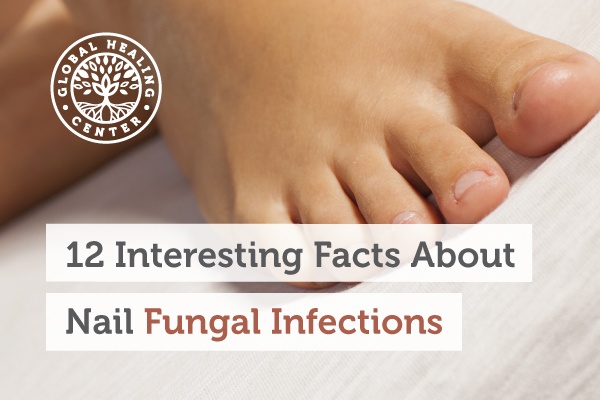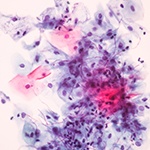
A nail fungal infection, or onychomycosis, is a fungal imbalance that affects the fingernails and toenails. [1] The most common symptom is a thickening and discoloration of the nail to yellow, green, and even black. As the concern progresses, the nail bed can become uncomfortable, brittle, and even begin breaking off. [2]
How Common is Nail Fungus?
Nail fungus is surprisingly common and occurs more frequently with age. According to recent statistics, at least 5% of people suffer from nail fungus infection. [3] Although less visible, toenail fungal infections are more prevalent than fingernail.
Toenail fungus isn't an isolated concern, it can reveal a lot about a person's health. A nail infection may suggest that the nails are receiving poor circulation or that the immune system is affected. [4]
12 Facts About Nail Fungal Infections
- Onychomycosis accounts for up to 30% of all skin infections.
- Nail fungal infections affects 5% of the general population, 20% of people over 60, and 50% of individuals over 70.
- Conventional approaches to fungal infections are effective in less than half of all cases.
- The 3 primary causes are dermatophytic fungi, Candida infestation, and non-dermatophytic molds.
- The majority of toenail fungal infections are caused by dermatophytic fungi.
- The majority of fingernail fungal infections are caused by Candida.
- Some molds can cause both toenail and fingernail infections.
- Men contract toenail fungus more often than women.
- Working in damp areas increases the risk of infection.
- Risk factors include age, poor circulation, thickening of nails, diabetes, psoriasis, immune system disorders, and excessive perspiration.
- One third of diabetics have onychomycosis.
- People with psoriasis have a 56% higher risk for nail infection. [5] [6] [7] [8]
Solutions and Tips
The standard solutions include oral and topical agents, removing the infected nail, and laser therapy. Naturopathic therapies, however, are less toxic, less harsh, and more readily available. Sunlight therapy, essential oils such as tea tree or oregano oil, and hydrogen peroxide are all common, natural remedies for fungal infections. Other simple tips for fighting nail fungus include:
- Keep your feet as clean and dry as possible.
- Wear waterproof sandals at swimming pools and other public wet areas.
- Wear clean, fresh socks daily.
- Trim your nails regularly.
- Avoid tight hosiery; they can promote moisture retention.
References (8)
- Boni E. Elewski. Onychomycosis: Pathogenesis, Diagnosis, and Management. Clin Microbiol Rev. Jul 1998; 11(3): 415–429. PMCID: PMC88888.
- Westerberg, DP; Voyack, MJ. Onychomycosis: current trends in diagnosis and treatment. American family physician 88 (11): 762–70. PMID 24364524.
- Tim C olde Hartman, Eric van Rijswijk. Fungal nail infection. BMJ 2008;337. doi: 10.1136/bmj.39357.558183.94.
- Levy LA. Epidemiology of onychomycosis in special-risk populations. J Am Podiatr Med Assoc. 1997 Dec;87(12):546-50.
- Patient. Fungal Nail Infections. Patient Fact Sheet.
- Midgley G1, Moore MK, Cook JC, Phan QG. Mycology of nail disorders. J Am Acad Dermatol. 1994 Sep;31(3 Pt 2):S6874. PMID: 8077512.
- Gupta AK1, Konnikov N, MacDonald P, Rich P, Rodger NW, Edmonds MW, McManus R, Summerbell RC. Prevalence and epidemiology of toenail onychomycosis in diabetic subjects: a multi-centre survey. Br J Dermatol. 1998 Oct;139(4):66571. PMID: 9892911.
- Gupta AK1, Lynde CW, Jain HC, Sibbald RG, Elewski BE, Daniel CR 3rd, Watteel GN, Summerbell RC. A higher prevalence of onychomycosis in psoriatics compared with non-psoriatics: a multicentre study. Br J Dermatol. 1997 May;136(5):7869.
†Results may vary. Information and statements made are for education purposes and are not intended to replace the advice of your doctor. If you have a severe medical condition or health concern, see your physician.







